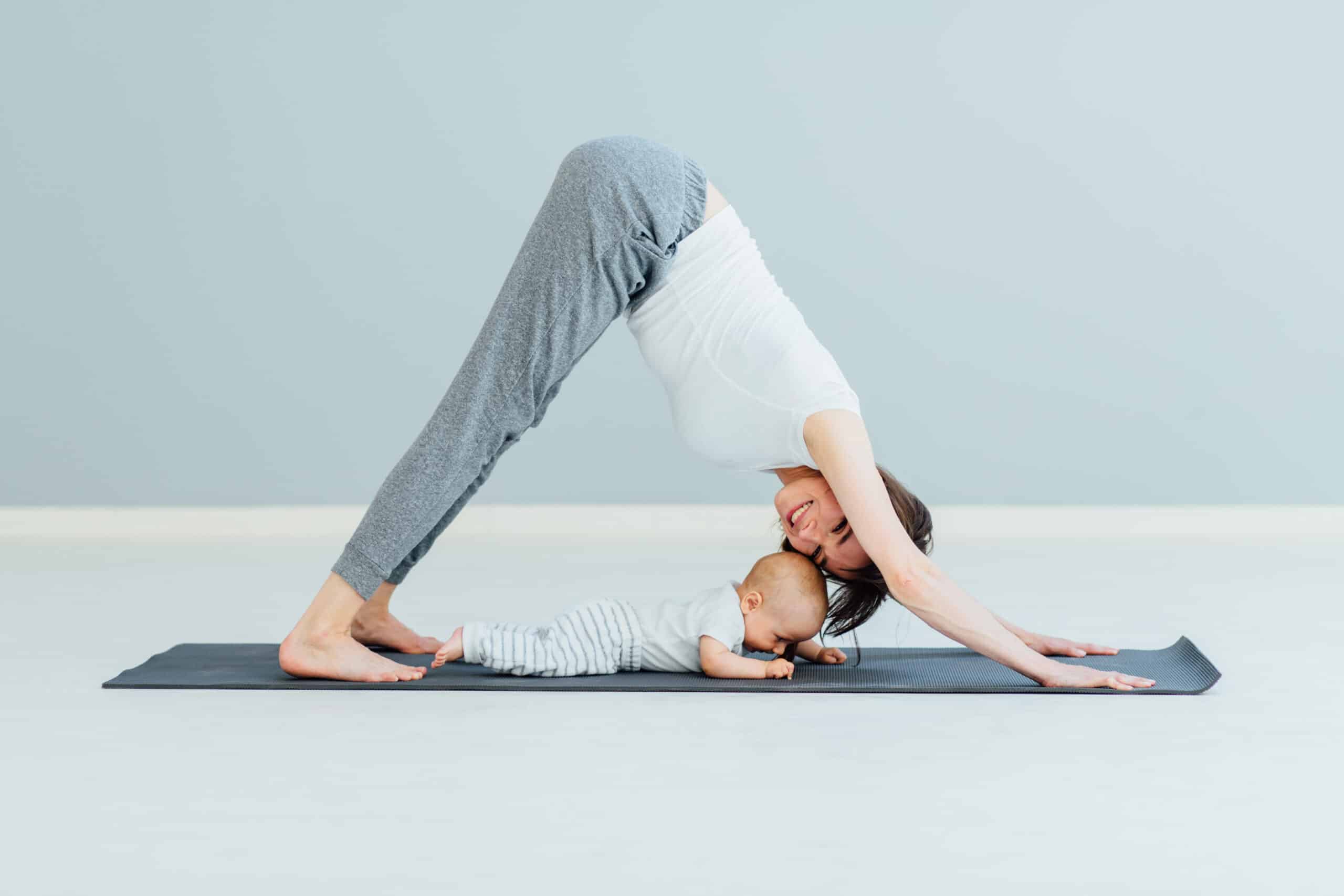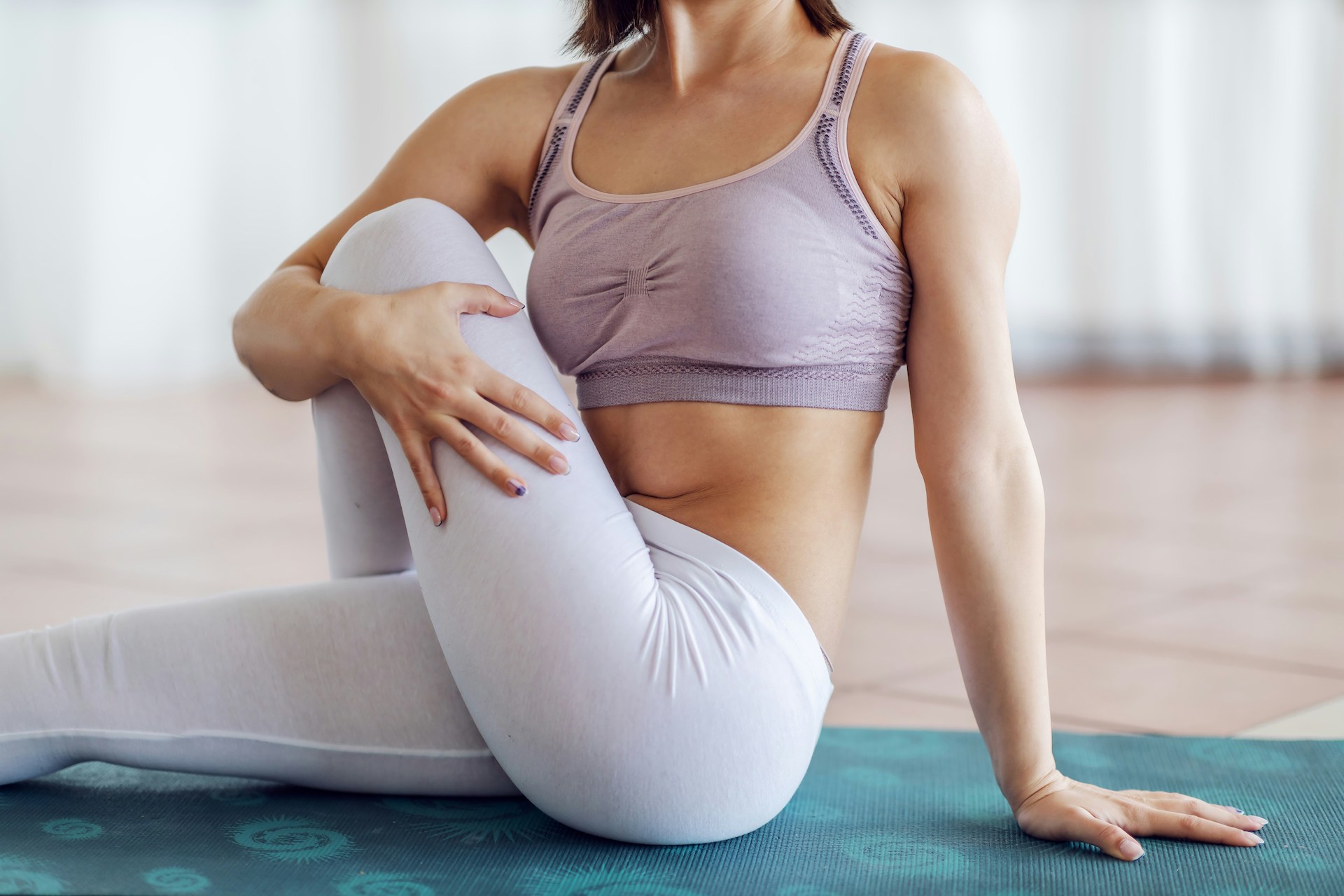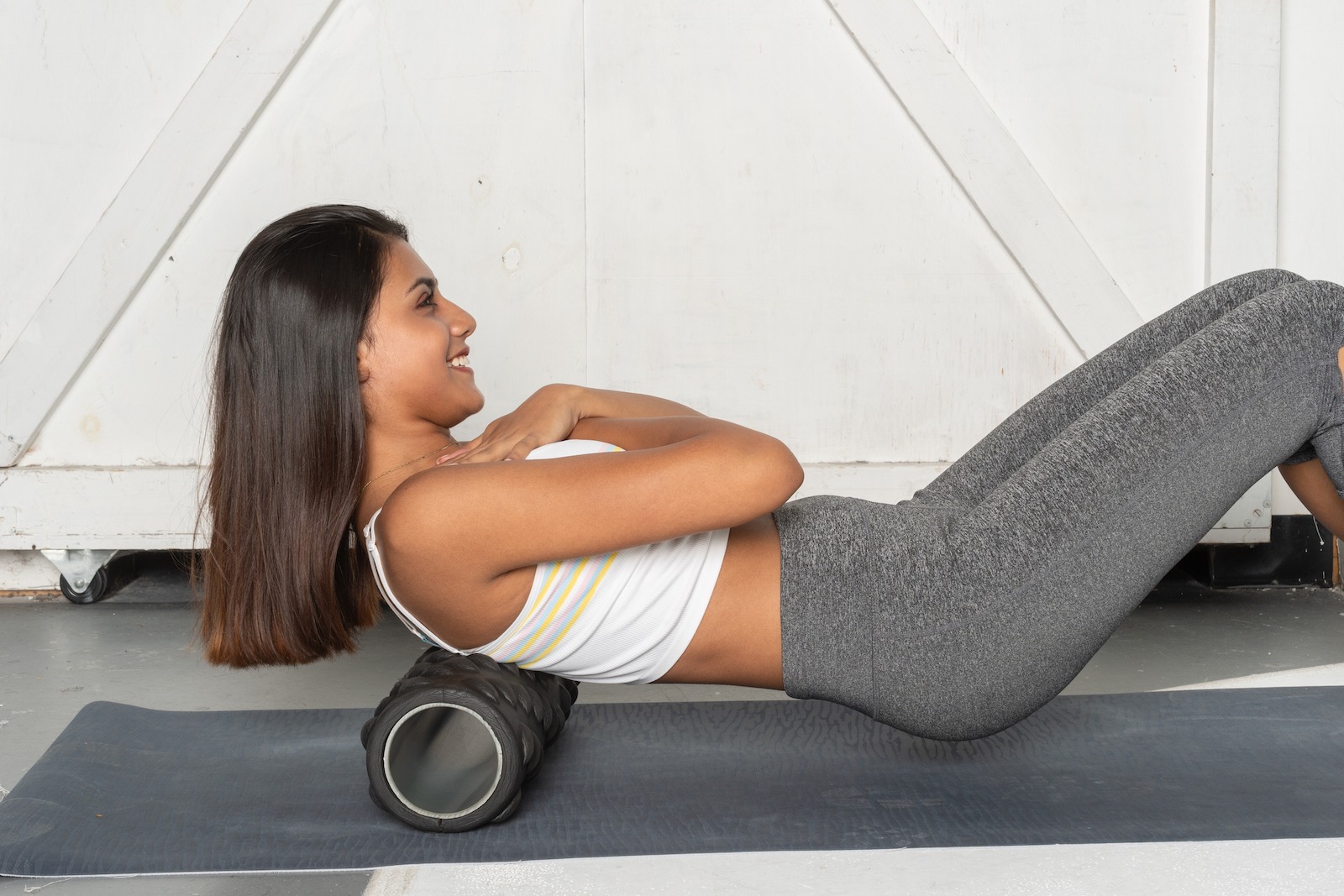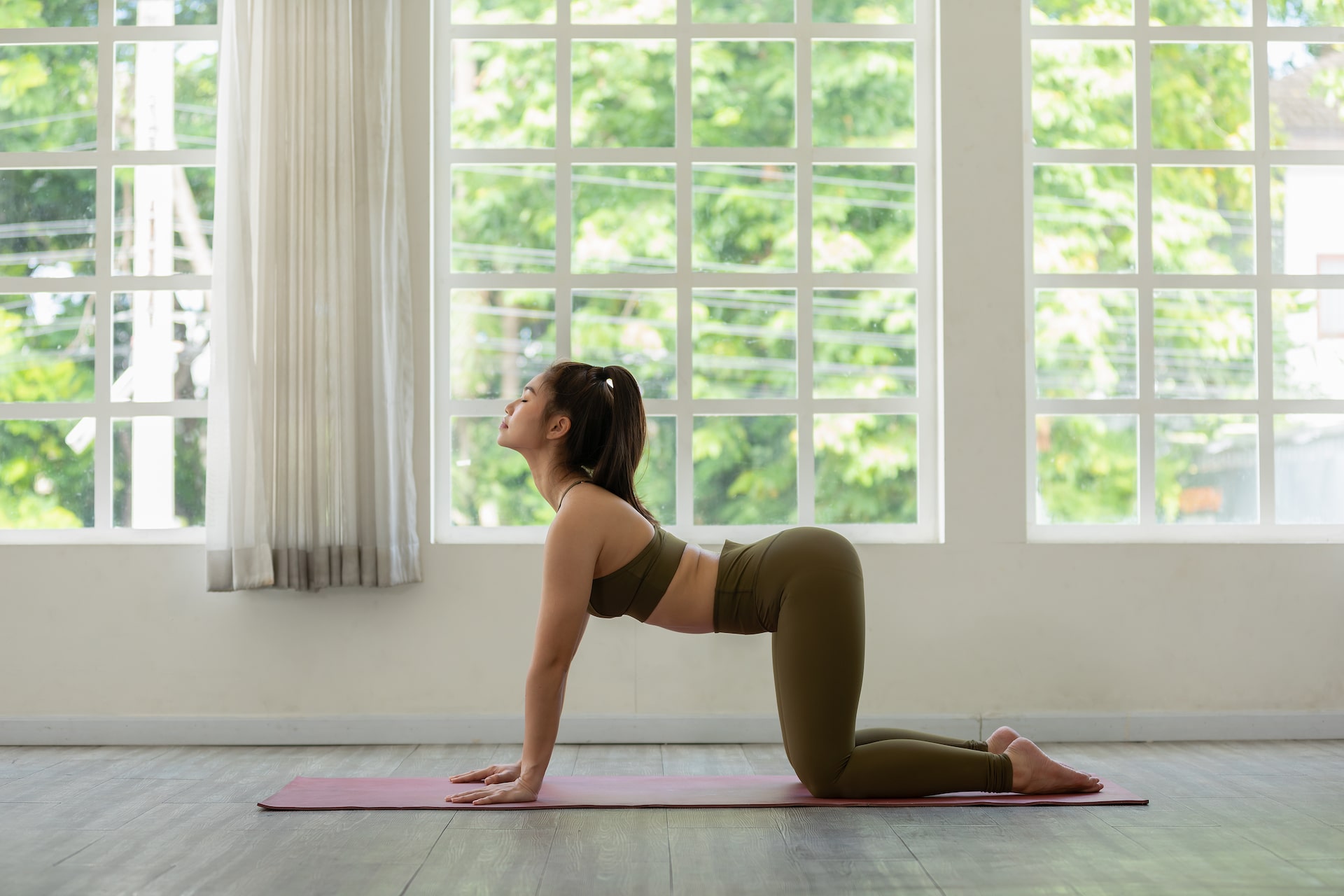Home » Sweat Often » How to Do a Perfect Plank
By Robin Barrie Kaiden, MS, RD, CDN, NLC
With years of experience as a fitness professional, I’ve learned the most from my mistakes (and injuries), and I cannot stress this enough: Proper form is imperative to meet goals and prevent injury while working out! You can read more about my story and approach, here.
Now, I hope you can learn from me, as I bring you video tutorials over the next few weeks teaching you how to execute proper form for the common exercises, like push-ups and squats. You can use your new skills to work out on your own at home or at the gym, or walk into a group workout class with body knowledge that will put you so far ahead.
A plank is a great exercise for working on core strength, posture, and balance.
The main muscles used are in your abdomen: the rectus and transverse abdominal muscles, and your erector spinae.
While you are in this isometric hold, your obliques, hip flexors, serratus anterior, quadriceps, glutes, back (traps and rhomboids), shoulders (deltoids), and chest muscles are also working as stabilizers.
RELATED: 3 Effective Pilates Exercise for Core Strength
So as you can see, it is a great full-body exercise. Here is my recommended set-up.
How to Do a Perfect Plank
- Lower yourself down to the floor or a mat in a prone position.
- Make sure your feet are together.
- Keep your elbows right under your shoulders.
- Engage the glutes, and come up onto your toes.
- Lift your hips up.
- Think about actively driving your elbows toward your toes and keeping your body in one long, straight line.
If you feel too weak and cannot keep your form correct while performing a plank on the floor (i.e. your mid-section is drooping towards the floor), you can modify this exercise. I don’t suggest dropping to your knees, because doing so removes the work from the bottom half of your body, and you will only be using upper body strength. By keeping the torso long and placing it on an incline, you can still focus on core strength, but the exercise becomes easier. You can use a wall, (ballet) bar, workout bench, park bench, or a barbell to perform a modified plank.
RELATED: Are Your Workouts Too Intense?
Remember: It’s better for your body to plank with proper form for a shorter time than to hold an improper plank for too long and risk injury. Many workouts or exercise classes use plank variations. Planks can be on your hands or on your side. They can get fancy (and more challenging) by asking you pulse, lift hands and feet, or use props like a ball. I only recommend doing those more advanced version of a plank if:
- You can perform a basic plank properly.
- You feel comfortable enough and safe during these exercises. A challenge (and a shaking abdomen) is okay, but too much discomfort or pain is not.
Happy planking!
More Perfect Form with Robin Barrie Kaiden:
How to Do a Push-Up
Why Form Matters
(Image: Robin Barrie Kaiden)
Robin Barrie Kaiden is one of the nation’s leading experts in personal wellness, nutrition, physical fitness, and weight loss. Learn more at www.robinbarrie.com.
RECENT ARTICLES

Want a sneak peek inside the program?
Get FREE access to some of the core training materials that make up our signature program – Become a Nutrition Coach.
Get Access"*" indicates required fields
 Sweat Often
Sweat Often













































































































































































































































































































































































































































































































































































































































































































































































































































































































































































































































































































































































































































































































































































































































